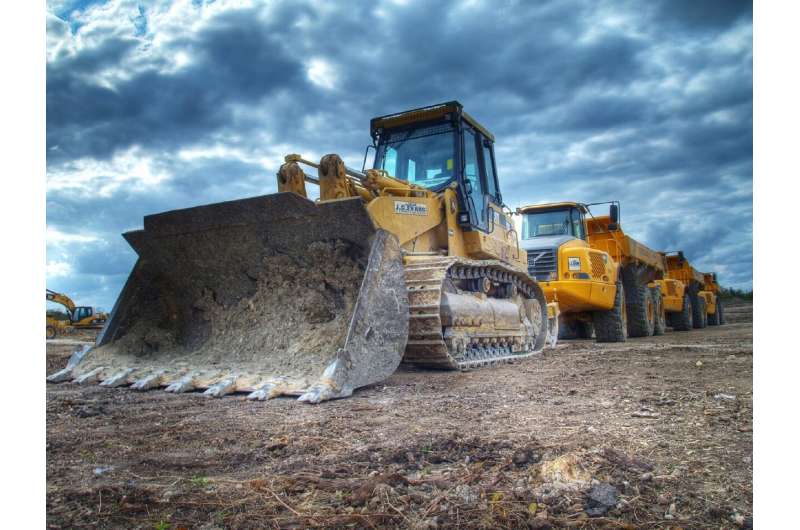
Mining is at a critical crossroads. The industry must supply more minerals and metals for the energy transition while simultaneously reducing the carbon footprint across its processes. It also must address negative public perceptions of its operations.
Mining Strategy in a Changing World and Unearthing Tomorrow—Trends Shaping the Future of Mining are reports from global resources research group State of Play. They draw on hundreds of surveys and interviews with leaders to provide analysis from their insights. They also include independent studies that delve into these complex challenges.
State of Play has been producing mining-industry research since 2012.
Dr. Sandra Occhipinti is CSIRO's Discovery Research Director. "These are independent reports based on both data and interviews. They look at changing attitudes and practices connected to mineral resources, including around the environment, the economy, geopolitical issues," she says. "It's important for us to understand what others are thinking and to support a platform that independently translates that thinking into something tangible for us to better understand what we have to do in the future."
More than 720 miners from 50 countries were interviewed for The State of Play trends report.
Government industry growth center METS Ignited has invested in the biennial State of Play reports since 2017. They value the deep insights from people in mining and its adjacent industries.
Adrian Beer was the long-time CEO of METS Ignited before the initiative wrapped late last year.
"These are unique reports where the industry itself presents its challenges, so it's really grounded in reality," he says. "That's what makes them so powerful compared to a lot of the other macroeconomic analysis."
Even the sector itself grapples with assembling a holistic view, perhaps in part because of the breadth of its operations.
Graeme Stanway is the founder and chairman of State of Play, and the original inspiration for the reports.
"There's a big gap in understanding of strategic innovation in heavy industry. Most analysis refers to industries where the focus is speed and lower capital, and are not as connected with the community," Stanway says. "That's quite a different dynamic to resources."
The energy transition's complex power play
Between the 2021 strategy and the new report, there's been a remarkable shift in sentiment around energy.
"In terms of external drivers of strategy, in recent years the survey results were pretty evenly split between environmental pressures and technology. Now, energy is the dominant force," Stanway says.
The strategy report survey asked which global trends will have the biggest impact on innovation over the next 15 years. An overwhelming 71% of respondents nominated the energy transition, up from 54% in 2021. Environmental pressures came in at 53% and technological change at 60 percent, both down from 2021.
"There's been a steady shift in climate change and the energy transition, being major drivers that industry insiders are predicting will influence mining into the future," Dr. Occhipinti says. "The energy transition wasn't even in the survey for the 2017 report. Then from 2019 to 2023 you can draw a straight line up, as people respond that it will have the biggest impact on innovation."
"The latest reports bring into sharper clarity the complexity of the challenge around energy and how it's impacting mining as a key supplier to the clean-energy transition," says Beer.
Revolution not evolution
"This transition is a revolution, not evolution, for our industry. The industry has been renowned for optimizing efficiency and productivity and squeezing every last drop out of resources," Beer says. "That's how innovation has evolved for decades, but you can't optimize your way to a clean energy transition. It requires fundamental change. You can't just flick a switch to turn off existing mining operations which now need to produce more to supply the materials needed for that transition."
The transition needs more than just critical minerals.
"There are a whole lot of existing metals and minerals that we will require in greater volumes, too," Beer says. "We need to produce more of them than we are currently capable of producing. We need to produce them differently to the way we currently produce them. We also need to use different energy sources to power the processes we use to extract, recover, process and supply those minerals.
"All of those things need to change simultaneously."
Citation: Research team takes a deep dive into global mining trends (2024, June 11) retrieved 11 June 2024 from https://techxplore.com/news/2024-06-team-deep-global-trends.html
This document is subject to copyright. Apart from any fair dealing for the purpose of private study or research, no part may be reproduced without the written permission. The content is provided for information purposes only.
